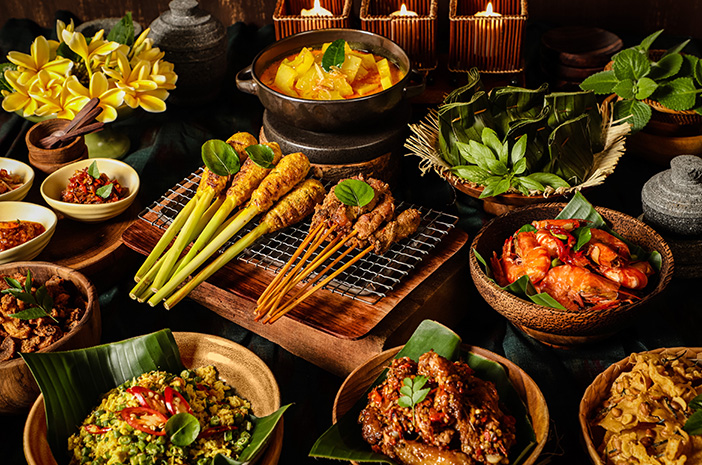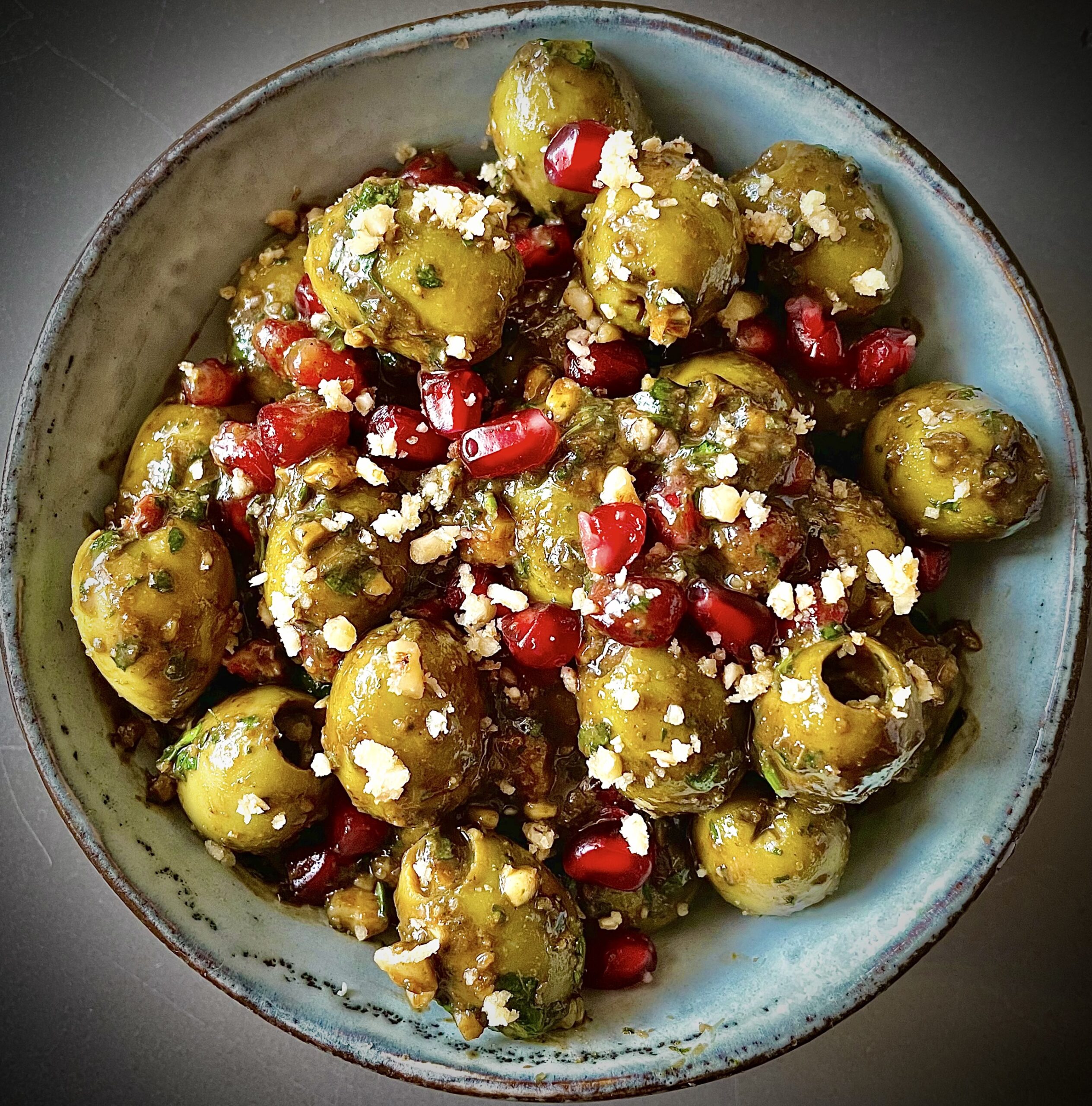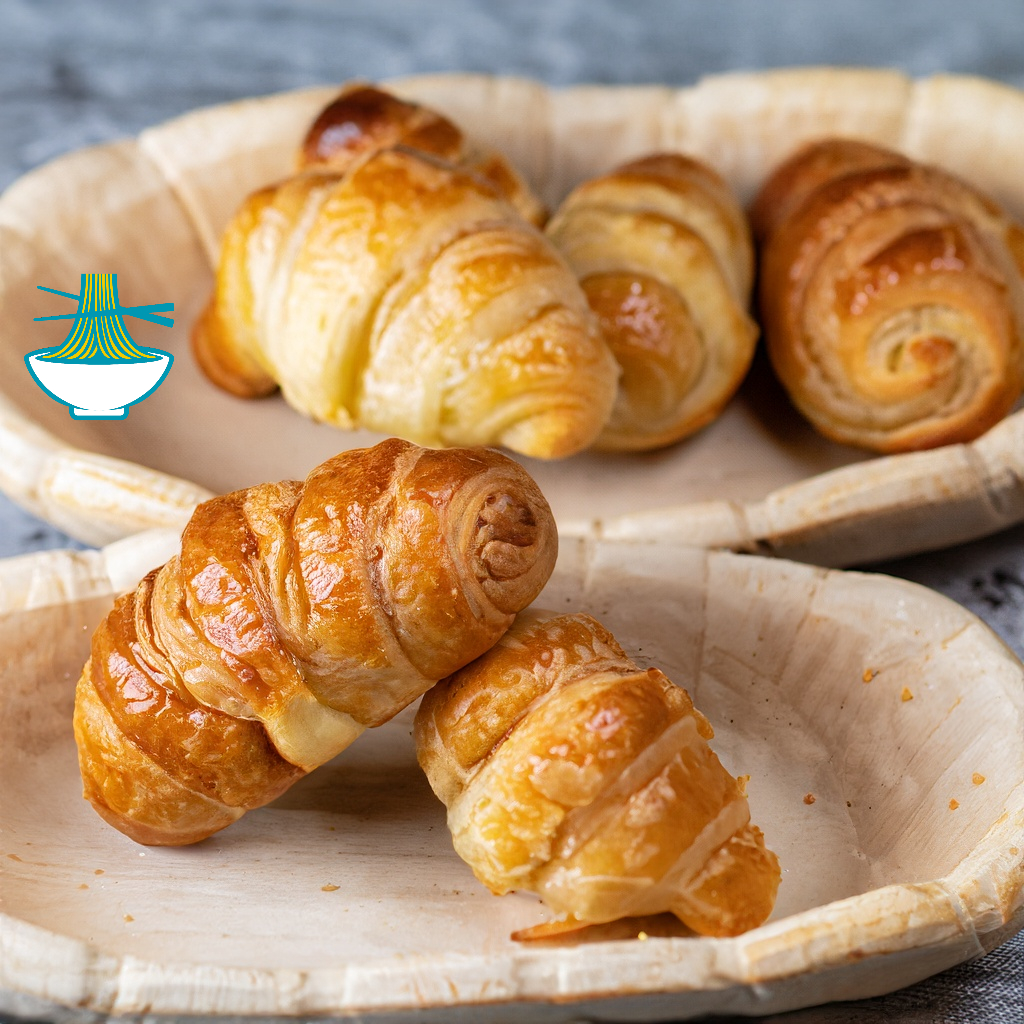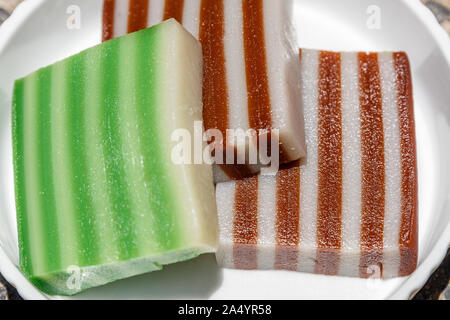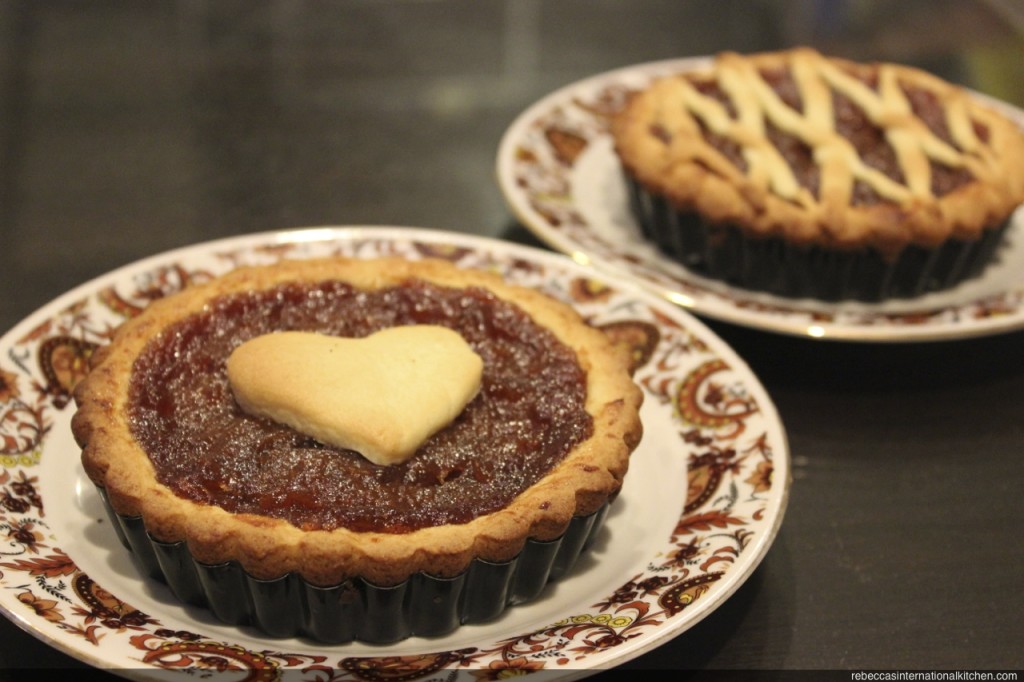
Kue Pastafrola is a beloved traditional pastry that holds a special place in Latin American culinary traditions, particularly in countries like Argentina, Uruguay, and Paraguay. Known for its delicate balance of sweet, fruity filling encased in a tender, buttery crust, this pastry is often enjoyed during special occasions, family gatherings, or simply as an everyday treat. Its appealing appearance and comforting flavors make it a favorite among both home bakers and professional pastry chefs. Over the years, Kue Pastafrola has become more than just a dessert; it is a symbol of cultural heritage and shared memories. This article explores the origins, ingredients, preparation methods, variations, and tips for mastering this classic pastry, offering a comprehensive guide to appreciating and making Kue Pastafrola.
Introduction to Kue Pastafrola: A Traditional Latin American Pastry
Kue Pastafrola is a traditional Latin American pastry characterized by a crumbly, buttery crust topped with a layer of fruit jam or dulce de membrillo, often with a decorative lattice pattern. Its origins trace back to European influences, particularly Italian and Spanish baking traditions, which were adapted to local ingredients and tastes. The name “Pastafrola” is believed to derive from “pasta frola,” meaning “frola dough,” emphasizing the focus on the pastry’s distinctive crust. The dessert’s popularity spans across several countries, each adding their own regional twists and flavors. Its versatility and comforting qualities have made it a staple in bakeries and homes alike.
The pastry is typically prepared using simple ingredients such as flour, butter, sugar, and eggs, but its rich flavor and appealing texture elevate it beyond everyday baked goods. The filling, usually fruit-based, can range from traditional quince jam to various fruit preserves, making each version unique. Its visual appeal—often featuring a lattice crust—adds to its charm, making it not only delicious but also visually inviting. The balanced combination of sweet, tart, and buttery elements ensures it appeals to a wide range of palates. Kue Pastafrola’s timeless appeal lies in its perfect harmony of flavors and textures, making it a treasured part of Latin American culinary heritage.
This pastry’s cultural significance extends beyond its taste. It is often associated with family traditions, celebrations, and community gatherings, symbolizing sharing and togetherness. Many families have their own secret recipes or special techniques passed down through generations. As a result, making Kue Pastafrola can be a meaningful activity that connects people to their roots and cultural identity. Its widespread popularity has also led to numerous modern adaptations, blending traditional methods with contemporary flavors. Despite evolving tastes, the classic Pastafrola remains a comforting reminder of Latin America’s rich baking heritage.
In essence, Kue Pastafrola is more than just a dessert; it is a cultural artifact that embodies history, tradition, and community. Its simple yet elegant presentation, combined with its delightful taste, ensures its place in the hearts of many. Whether enjoyed with a cup of coffee or shared during festive occasions, this pastry continues to evoke nostalgia and joy. Understanding its origins and significance enriches the appreciation of every bite, making the experience of baking and tasting Kue Pastafrola a meaningful journey into Latin American culinary culture.
Key Ingredients Used in Preparing Kue Pastafrola
The essential ingredients for making Kue Pastafrola are straightforward, yet each plays a crucial role in achieving the pastry’s characteristic flavor and texture. The base typically includes all-purpose flour, which provides structure and a tender crumb. Butter—preferably unsalted—adds richness and contributes to the flaky, melt-in-the-mouth quality of the crust. Granulated sugar is used for sweetness, balancing the tartness of the fruit filling, while eggs serve as a binder that helps hold the dough together and adds to its tender texture. Some recipes also incorporate a touch of vanilla extract or lemon zest to enhance the flavor profile subtly.
The filling is usually made from fruit preserves, with quince jam (dulce de membrillo) being the traditional choice in many Latin American recipes. Quince provides a firm, slightly tart flavor that complements the sweet crust beautifully. Alternatively, other fruit jams such as apricot, strawberry, or blueberry can be used, depending on preference or regional variations. Some bakers prefer to make their own fruit preserves from scratch, simmering fresh fruit with sugar until thickened. In recent years, innovative twists include the addition of chocolate, caramel, or even dulce de leche to diversify the flavor options and appeal to modern tastes.
Additional ingredients may include a pinch of salt to balance sweetness and enhance flavors, and sometimes a small amount of baking powder or baking soda to help the crust rise slightly, although traditional recipes often omit leavening agents. For a glossier finish and added flavor, some recipes suggest brushing the crust with egg wash before baking. The choice of ingredients and their proportions significantly influence the final texture—whether crisp, tender, or chewy—and the overall flavor harmony of the pastry.
The quality of the ingredients is vital to achieving authentic taste. Using high-quality butter and fresh fruit preserves can elevate the pastry’s flavor profile. It is also common to adjust sweetness levels based on the sweetness of the fruit preserves used. For those with dietary restrictions, substitutions such as gluten-free flour or vegan butter can be employed, though these may alter the traditional texture. Overall, understanding the key ingredients and their roles helps bakers craft a delicious and authentic Kue Pastafrola.
In summary, the core components of Kue Pastafrola—flour, butter, sugar, eggs, and fruit preserves—are simple yet essential. Their careful selection and balance are key to creating a pastry that is both satisfying and representative of Latin American baking traditions. Whether sticking to classic recipes or experimenting with modern ingredients, these components form the foundation of this timeless dessert.
Step-by-Step Guide to Making Classic Kue Pastafrola
Making a classic Kue Pastafrola involves a series of simple but precise steps to ensure the perfect crust and filling. Begin by preparing the dough: sift the flour into a mixing bowl, then add the cold, cubed butter. Using your fingertips or a pastry cutter, work the butter into the flour until the mixture resembles coarse crumbs. Incorporate sugar, a pinch of salt, and eggs, mixing gently until the dough begins to come together. If the dough feels too dry, add a small amount of cold water or milk; if too sticky, dust with a little more flour. Once the dough is cohesive, form it into a ball, wrap it in plastic wrap, and refrigerate for at least 30 minutes to allow the gluten to relax.
While the dough chills, prepare the filling. If using store-bought fruit preserves, simply have them ready for spreading. For homemade preserves, simmer fresh fruit with sugar until thickened, then let cool. Preheat your oven to 180°C (350°F). After chilling, divide the dough into two portions—one slightly larger for the base and sides, the other for the lattice top. Roll out the larger portion on a lightly floured surface into a circle that fits your baking pan, typically about 23-25 cm (9-10 inches) in diameter. Carefully transfer the rolled dough to the greased or parchment-lined baking dish, pressing gently to fit the edges.
Spread the fruit preserve evenly over the crust, leaving a small border around the edges. Roll out the second dough portion and cut into strips to create a lattice pattern over the filling. Weave the strips carefully, pressing the edges to seal the lattice and prevent filling leakage. Once assembled, brush the surface with an egg wash for a golden finish. Bake in the preheated oven for approximately 30-40 minutes, or until the crust is golden brown. Remove from the oven and let cool slightly before slicing. The result should be a flaky, tender crust with a vibrant, glossy fruit topping.
Allow the Pastafrola to cool completely before serving to allow the filling to set. Optionally, dust with powdered sugar or serve with a dollop of whipped cream. This step-by-step process ensures a balanced pastry with a crisp crust and flavorful filling. With practice, bakers can refine each stage to suit their preferred textures and flavors, creating a delightful homemade version of this classic Latin American pastry.
Variations and Modern Twists on Kue Pastafrola Recipes
While the traditional Kue Pastafrola features quince jam and a simple buttery crust, modern bakers have experimented extensively to create exciting variations and twists. One popular adaptation is replacing the classic quince filling with other fruit preserves such as apricot, blueberry, raspberry, or even marmalade, allowing for a broader palate of flavors. Some recipes incorporate fresh fruit slices, like peaches or strawberries, layered beneath or atop the crust for a fresh, juicy twist. These variations cater to seasonal availability and personal preferences, making the pastry more versatile.
Innovative fillings have also emerged, including dulce de leche, caramel, or even Nutella, offering rich, decadent alternatives to traditional fruit preserves. Combining different fillings, such as a layer of dulce de leche topped with fruit preserves, creates complex flavor profiles. Gluten-free or vegan versions have gained popularity, utilizing alternative flours, plant-based butters, and egg substitutes, broadening accessibility for those with dietary restrictions. Additionally, some bakers experiment with incorporating spices like cinnamon or ginger into the crust to add warmth and depth.
Modern twists also involve presentation and serving styles. For instance, mini Pastafrolas or tartlets are perfect for parties, while decorative lattice patterns or embossed crusts add visual appeal. Incorporating toppings such as chopped nuts, shredded coconut, or a drizzle of chocolate can elevate the dessert’s texture and flavor. Some recipes also explore fusion influences, infusing the pastry with flavors from other cuisines, like adding a hint of vanilla or citrus zest to the crust or filling.
These variations reflect the pastry’s adaptability and the creative spirit of contemporary baking. They enable bakers to personalize Kue Pastafrola, making it suitable for different occasions or modern tastes. Despite the creative liberties, the core elements—crisp crust and
